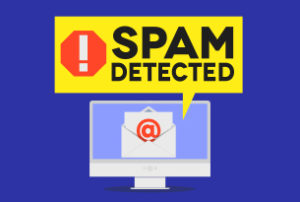How often are you frustrated by websites that have so many pages, it is impossible to actually find anything?
Unfortunately, this is all to common of a complaint. Websites are often used as corporate dumping grounds for every bit of information from every new initiative, often spanning backwards into the decades. And every time the website is redeveloped, the old content continues to be dressed in shiny new clothes; rarely is any time spent cleaning the closet of older, no longer relevant content.
Why is this? Here are five reasons:
- Internal political pressure to keep “pet” content online.
- Laziness or lack of skills: building an effective information architecture is exceptionally difficult. (It’s both easier and cheaper to skip this activity.)
- A philosophy that the website must be the historical public archive of all of the organization’s activities.
- A philosophy of service: someone, somewhere may be interested in the content.
- A philosophy of transparency: we have nothing to hide, so we want to provide public access to everything
It is this last item, transparency, that is often the most challenging. When a site has too many pages, and they are poorly organized, it is just about impossible for users to find what they are looking for. Search results are clogged with irrelevant and out-of-date items. And specific pages are so far down the navigational hierarchy that users will give up looking after 2-3 clicks. Without accessibility, there is no transparency.
This isn’t to say that website content should be minimized, but rather that the site’s information architecture should be sophisticated enough to quickly provide access to all of the appropriate content, and that the site’s search engine needs to be sophisticated enough to use the last modified date as one of the ranking signals. Still, the heavy lifting of trimming no-longer-relevant content shouldn’t be ignored.
Look at your website’s usage statistics. What percentage of users abandon their interactions after one or two clicks? If the number is surprisingly high, it may be time to do something about it.










